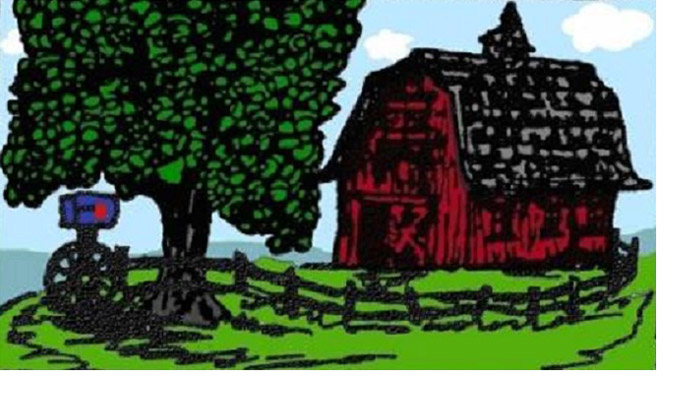Cantigny’s new bug hotel was constructed of cedar planks in late winter and was installed in the gardens near
Gold Pond in the Spring of 2022. Bug hotels are manmade structures designed to shelter beneficial bugs and
insects, usually for the home garden. Beneficial insects provide useful ecological services such as pollination,
nutrient cycling, and natural pest control. They can be purchased online from a garden center, or you can build
your own. They come in a wide variety of shapes, sizes, and materials. The bug hotel at Cantigny contained
10 compartments and used 8 different natural nesting materials that were found around the park, as well as
bamboo that was purchased. Cantigny’s Bug Hotel was designed to attract insects that prey on plant pests,
such as ladybugs, and native pollinators, such as mason bees. Observations were conducted on a weekly
basis throughout the growing season for any signs of inhabitants.
Unfortunately, at the end of the season, there was little evidence of activity, such as frass, which is the remains
of leaves as an insect chews or burrows through plant material, or the mud caps which a mason bee closes off
the end of a plant stem with after it has laid its eggs inside. So, why didn’t we get the bugs we wanted?
1 We found that siting the hotel is important and believe that the bug hotel got less morning sun than
anticipated (native bees require sun exposure early in the day).
2 It also stayed wet for long periods of time due to an irrigation head that directly sprayed the hotel. The
insects that we were trying to attract require a dryer nest.
3 Maybe the high population of honeybees in the park, due to the number of hives we have on property,
might outcompete the native mason and leafcutter bees we wanted to attract.
4 Did we use the wrong materials or wrong hole sizes? We used many different natural nesting
materials. If you decide to build a bug hotel, make sure the materials you use are species-appropriate
for the insects you want to attract. For example, wood that is too rough or the wrong material can injure
the wings of a wild bee.
Even though we were not as successful as we would like, we are going to try the bug hotel for at least one
more season to see if it will attract any beneficial insects. Changing the variables that may have led to this
year’s failure of the bug hotel may have a different result next season. One last word of advice for a successful
bug hotel – be sure to periodically replace the bedding material when it is degraded. Poorly managed bug
hotels can lead to diseases and parasites in your target populations of insects and can inadvertently attract
parasitic wasps that attack native pollinators.
